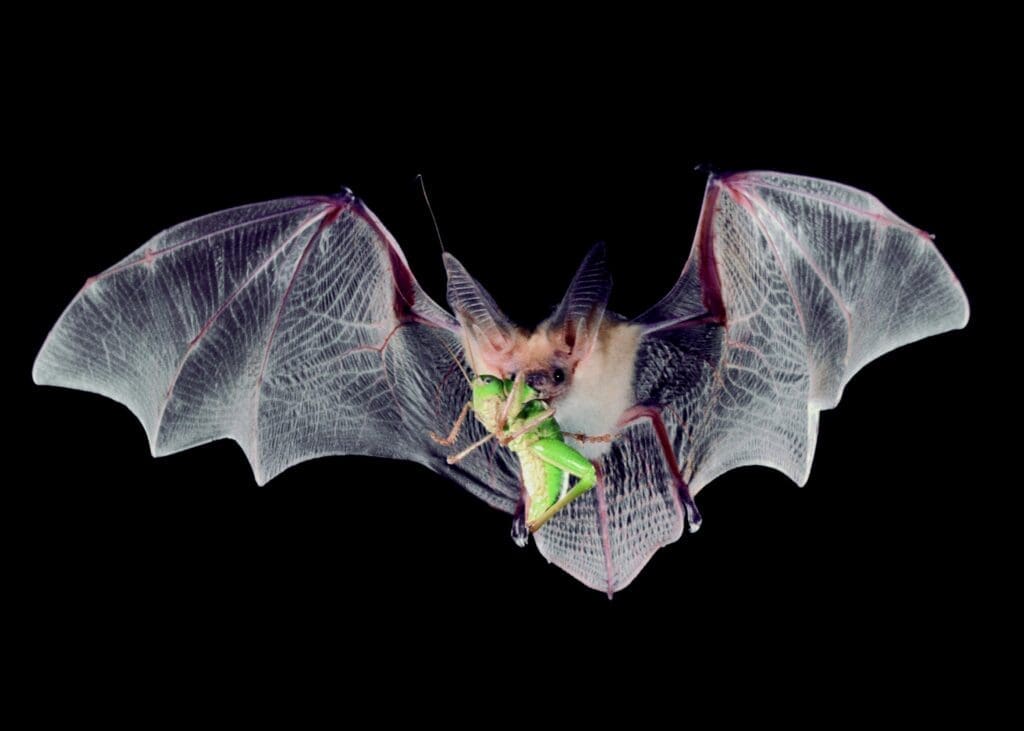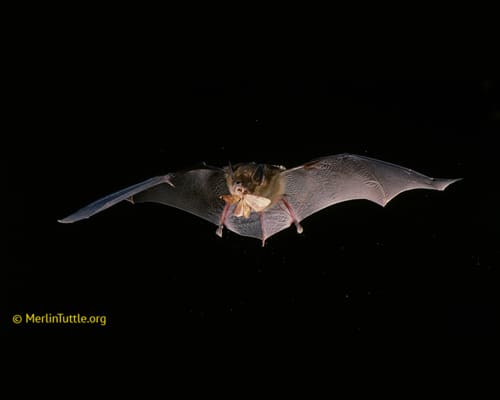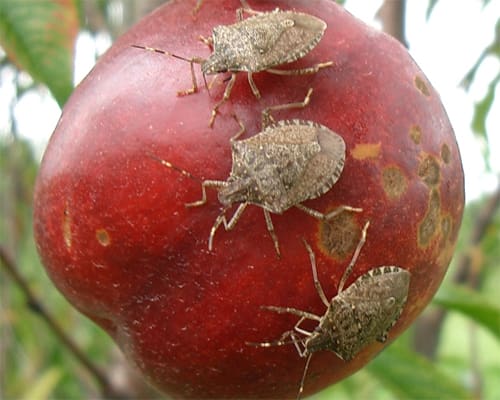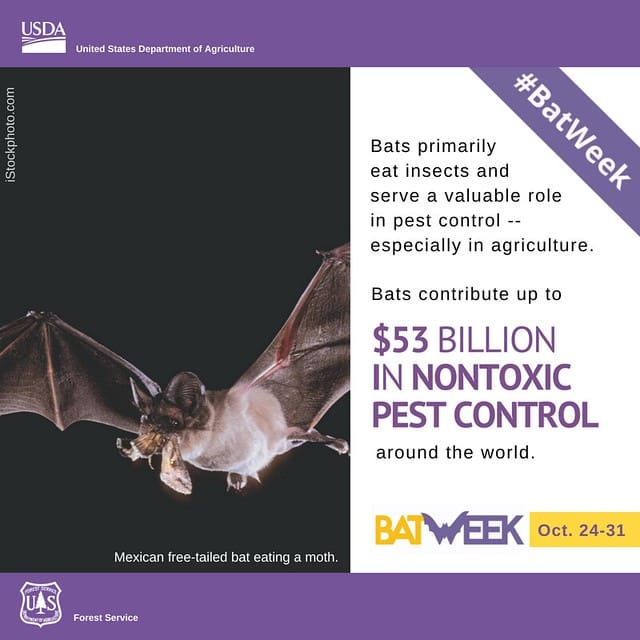Have you ever wondered about the fascinating role that bats play in natural pest control? These nocturnal creatures may often be misunderstood and feared, but they are actually critical contributors to keeping pest populations in check. Bats feed on a variety of insects, including mosquitoes, moths, and beetles, helping to maintain a balance in the ecosystem. In this article, we will explore the incredible abilities of bats and the importance of their presence in our environment.
Introduction
Welcome to our comprehensive article on the role of bats in natural pest control! Bats are fascinating creatures that play a vital role in maintaining ecological balance and keeping pesky pests in check. In this article, we will explore the various aspects of bats’ behavior, habitats, diet, and their significant contribution to pest control. We will also delve into the importance of bat conservation and how you can create a bat-friendly environment in your own area. So let’s dive in and discover the remarkable world of bats!
What are bats?
Bats are the only mammals capable of sustained flight. They belong to the order Chiroptera, which is divided into two suborders: Megachiroptera, also known as fruit bats or flying foxes, and Microchiroptera, commonly referred to as insect-eating bats. With more than 1,400 species worldwide, bats exhibit a remarkable diversity in size, shape, and habits. From the tiny bumblebee bat, which weighs less than a penny, to the large flying foxes with wingspans exceeding five feet, bats come in all shapes and sizes.

Bats as natural pest controllers
Benefits of using bats for pest control
Bats are excellent natural pest controllers, offering a sustainable and eco-friendly solution to pest infestations. Unlike chemical pesticides that can harm the environment and pose risks to human health, bats provide a natural and effective alternative. By feeding on insects, bats help control populations of agricultural pests and disease-carrying mosquitoes, reducing the need for chemical interventions.
Types of pests controlled by bats
Bats have a diverse diet that includes a wide range of pests. Insect-eating bats prey on various insects, including mosquitoes, moths, beetles, and agricultural pests like corn earworms and stink bugs. Fruit-eating bats play a crucial role in dispersing seeds and pollinating plants, which indirectly contributes to pest control by maintaining a healthy ecosystem. While vampire bats may invoke fear, they primarily feed on the blood of livestock and rarely pose a significant threat to humans.
How bats contribute to ecological balance
Bats are an essential part of the ecosystem, and their presence helps maintain ecological balance. By controlling insect populations, bats prevent the overabundance of pests that can damage crops and spread diseases. Additionally, bats’ pollination efforts contribute to the reproduction of plants, supporting the health and diversity of ecosystems. The loss of bat populations can have far-reaching consequences, leading to imbalances in ecosystems and disrupting natural processes.
Understanding bat behavior
Nocturnal nature of bats
Bats are primarily nocturnal creatures, meaning they are most active during the night. They have evolved specialized adaptations to navigate and hunt in the dark, such as echolocation. Echolocation allows bats to emit high-frequency sounds and interpret the echoes that bounce back from objects in their environment, helping them navigate and locate prey with astonishing precision.
Different bat species and their feeding habits
Different bat species have specific feeding habits based on their ecological niche and the availability of prey in their habitat. Insect-eating bats, also known as insectivorous bats, dominate the bat world and feed on a wide range of insects. Fruit-eating bats, as the name suggests, primarily consume fruits and nectar, playing a vital role in seed dispersal and pollination. Nectar-feeding bats have long tongues adapted to reach deep into flowers, allowing them to extract nectar efficiently. Lastly, vampire bats have developed a highly specialized diet of blood, which they obtain by making small incisions in the skin of their prey.
Bats’ exceptional navigation and hunting skills
Bats are remarkable hunters with exceptional navigation skills. The combination of echolocation and their ability to fly swift and agile makes them formidable predators of flying insects. Bats can detect prey mid-flight, executing impressive aerial maneuvers to catch insects on the wing. Their extraordinary agility and precision in hunting are a testament to their well-developed sensory systems and remarkable adaptability.

Bat habitats and roosting sites
Caves and caverns
Caves and caverns are natural habitats for bats and serve as crucial roosting sites. These dark, sheltered spaces provide protection from predators and stable temperatures ideal for bat survival. Many bat species gather in huge colonies within caves during hibernation or breeding seasons, making them a vital resource for bat conservation efforts.
Trees
Trees, especially old hollow trees, are another important roosting site for bats. Tree-roosting species, such as some fruit bats, seek out tree cavities or crevices to rest and rear their young. These trees provide bats with essential shelter and protection, but their availability is often threatened due to habitat destruction and tree removal.
Buildings and structures
Bats have also adapted to roost in man-made structures, including buildings, bridges, and abandoned mines. The convenient nooks and crannies offered by these structures make them attractive roosting sites for bats. While bat presence in buildings may cause concerns for some, understanding and promoting coexistence with bats can be beneficial to both humans and bats.
Bat houses for conservation
Bat houses, designed to mimic natural roosting sites, offer an alternative habitat for bats when natural options are limited. Installing bat houses can help mitigate the loss of roosting sites and provide additional shelter for bats. These structures can be placed in suitable locations, such as near water sources and open spaces, to increase the likelihood of attracting bats.
The diet of bats
Insect-eating bats
Most bat species feed primarily on insects and are highly effective natural insect control agents. Insect-eating bats consume vast quantities of mosquitoes, moths, beetles, and other flying insects, reducing the need for chemical insecticides in agricultural and residential areas. Their feeding habits make them valuable allies in combating pest infestations.
Fruit-eating bats
Fruit-eating bats play a vital role in maintaining healthy ecosystems by dispersing seeds and pollinating plants. While they primarily feed on ripe fruit, these bats often consume insects while they feed, inadvertently contributing to pest control. By aiding in seed dispersal, fruit-eating bats also support forest regeneration and help maintain biodiversity.
Nectar-feeding bats
Nectar-feeding bats, also known as nectarivorous bats, have long tongues ideally adapted for reaching deep into flowers to extract nectar. As they feed on nectar, these bats inadvertently transfer pollen from one flower to another, facilitating cross-pollination and enabling plant reproduction. Their pollination services ensure the survival and diversity of many plant species.
Vampire bats
Vampire bats are often associated with feeding on the blood of farm animals, particularly cattle. However, it’s essential to note that these incidents are relatively rare and vampire bats mostly target other mammals in their natural habitat. Their blood-feeding behavior poses minimal risk to humans, and efforts to control vampire bat populations should focus on protecting livestock rather than promoting fear and misconceptions.

How bats control pests
Bat predation on insects
Bats are voracious insect predators and can consume large quantities of insects every night. Insect-eating bats employ various hunting techniques, such as aerial hawking and gleaning, to catch their prey. Some bats even specialize in hunting specific insects, such as mosquitoes. By reducing insect populations, bats help control pests that damage crops, transmit diseases, and disrupt ecosystems.
Quantifying the impact of bats on pest populations
Researchers have conducted numerous studies to measure the impact of bats on pest populations. These studies have consistently highlighted the significant role bats play in pest suppression. For example, research has shown that bat predation can significantly reduce mosquito populations, decreasing the risk of mosquito-borne diseases such as malaria and dengue fever. The economic benefits of pest control provided by bats are substantial and underscore the importance of their conservation.
Case studies showcasing bat pest control success
Numerous case studies around the world have demonstrated the effectiveness of bats in pest control. For instance, in Texas, the presence of bats in agricultural fields has been shown to reduce crop damage caused by insects. Similarly, in Thailand, fruit farmers have reported significantly reduced crop losses due to insect pests when bats are present. These examples highlight the real-world impact of bats in mitigating pest problems and the advantages of incorporating bats into pest management strategies.
Conservation and protection of bats
Threats to bat populations
Bats face numerous threats that have led to population declines and, in some cases, endangered status. Loss of habitat due to deforestation and urbanization, disturbance of roosting sites, climate change, and the spread of diseases such as white-nose syndrome pose significant challenges to bat conservation efforts. Understanding and addressing these threats is vital to ensuring the long-term survival of bats and maximizing their pest control potential.
Importance of bat conservation
Conserving bat populations is essential not only for the survival of these remarkable creatures but also for maintaining healthy ecosystems and promoting sustainable pest control. Bats contribute to crop protection, reduce the reliance on chemical pesticides, and help prevent the spread of diseases carried by insects. Protecting and restoring bat habitats, conserving roosting sites, and raising awareness about the importance of bats are crucial elements of bat conservation.
Legislation and policies for bat protection
Many countries have recognized the need to protect bats and have enacted legislation and policies to safeguard these unique creatures. These protections range from prohibiting the hunting or capture of bats to establishing protected areas for bat conservation. Governments, organizations, and individuals all play a crucial role in enforcing and supporting these measures to ensure the survival of bat populations and the valuable services they provide.
Creating bat-friendly environments
Creating bat-friendly environments involves providing suitable habitats and reducing factors that contribute to bat decline. Planting native vegetation, preserving old trees and natural caves, and avoiding the use of chemical pesticides are important steps in maintaining healthy bat populations. Educating communities about the benefits of bats, promoting responsible bat watching and ecotourism, and supporting research and conservation efforts are also integral to creating bat-friendly environments.

Tips for encouraging bats in your area
Providing suitable roosting opportunities
To encourage bats in your area, consider providing suitable roosting opportunities. Installing bat houses or bat boxes in your garden or on your property can offer bats an attractive alternative to natural roosting sites. These structures should be placed in areas that receive adequate sunlight and are away from direct human disturbance. With some patience, bats may eventually discover and inhabit these man-made roosts.
Avoiding bat exclusion methods
If bats are roosting in your home or other buildings, it’s essential to avoid bat exclusion methods. Exclusion can inadvertently harm bats and disrupt their natural behavior. Instead of attempting to remove bats yourself, consult with bat conservation organizations or wildlife professionals trained in bat-friendly exclusion techniques. They can offer guidance on how to address bat presence in buildings without causing harm or distress to the bats.
Promoting bat-friendly garden practices
Creating a bat-friendly garden involves implementing practices that attract bats and support their foraging needs. Planting night-blooming flowers, installing water features like ponds or birdbaths, and avoiding the use of chemical pesticides can make your garden more appealing to bats. These measures not only encourage bats to visit but also benefit other beneficial wildlife and contribute to a healthier and more sustainable ecosystem.
Conclusion
Bats are fascinating creatures that not only capture our imaginations but also provide an invaluable service as natural pest controllers. Their efficient hunting skills, diverse diet, and remarkable adaptations make them crucial allies in maintaining ecological balance and reducing the reliance on harmful chemical pesticides. By understanding bat behavior, conserving their habitats, and promoting their protection, we can ensure the long-term survival of bats and maximize their pest control potential. Let’s embrace these remarkable creatures and create bat-friendly environments that benefit both humans and bats alike.


I am Randy, the author behind PestControld.com. Drawing from decades of experience, I aim to provide valuable insights, expert advice, and practical recommendations to help you make informed decisions when assessing viable pest control solutions.